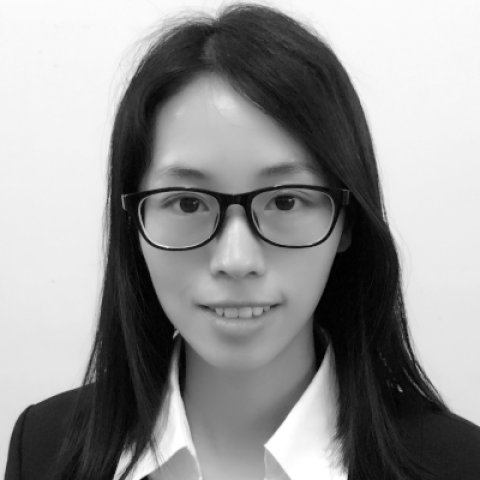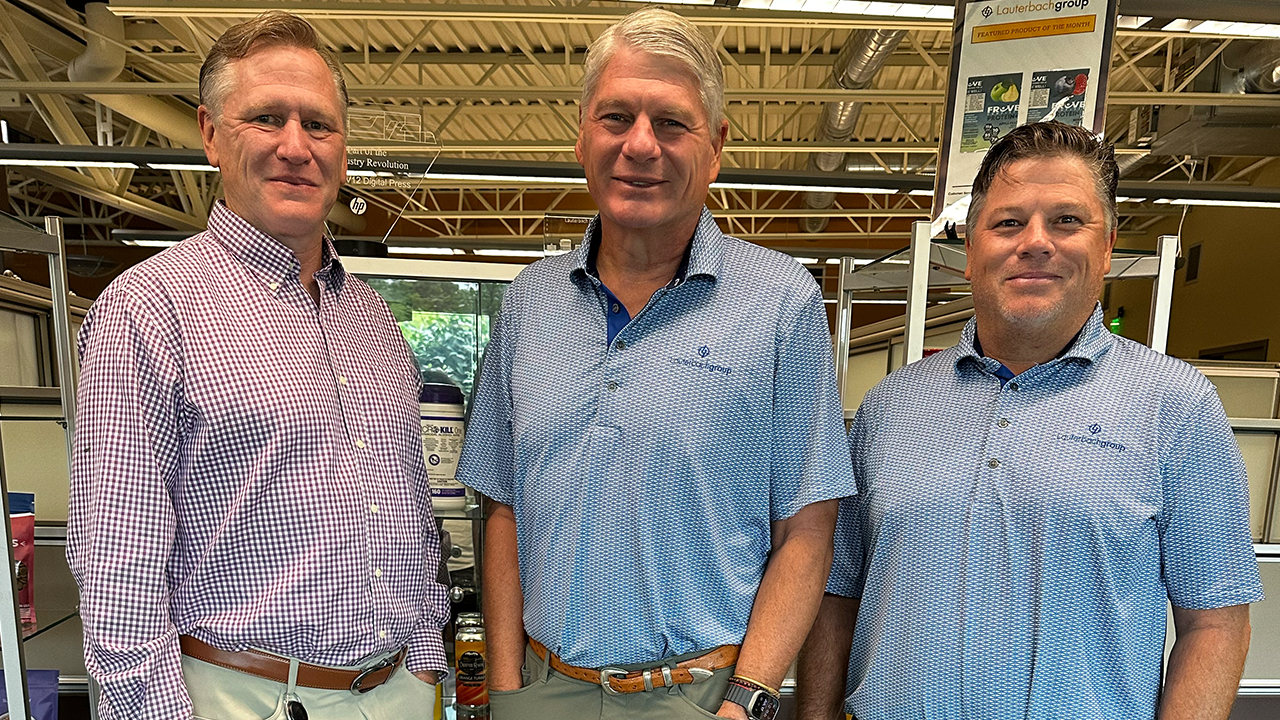Suxin Smart Label diversifies with equipment, innovation
Chinese label converter Suxin Smart Label has been adding digital equipment that has allowed it to create new high-value labels
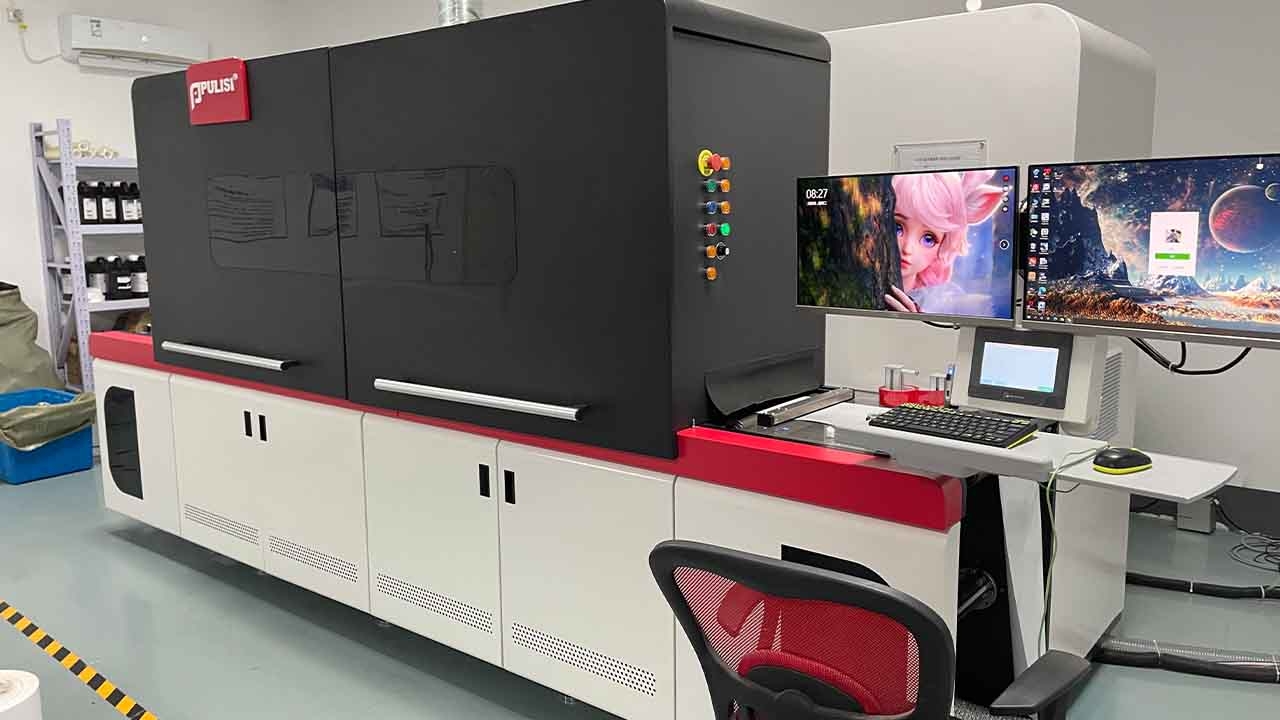
Suxin Smart Label, a company registered and established in 2001, is on a path of diversification - both with its technology and product offerings, as the Chinese converter lays out a roadmap for the future.
The company is equipped with a flexo press, letterpress and digital press, and primarily produces pressure-sensitive labels for the medicine, alcohol, tobacco and high-end health care sectors. Suxin Smart Label has more than 40 employees and the annual output value is close to 60 million RMB (8.9M USD).
Diving into digital
Dong Yiqun, the current chairman and general manager of Suxin Smart Label, officially took over the company in 2011,
after which he carried out a comprehensive upgrade of the company’s existing equipment. They eliminated the original
intermittent letterpress machines, and invested in Label Source satellite letterpress and Weigang United flexo presses.
Since then Suxin has begun to invest in digital printing and finishing equipment. In July 2021, the company installed its first Pulisi digital press.
In October that same year, the company invested in Reborn digital die-cutting equipment.
A year later, in October 2022, Suxin invested in its second Pulisi digital press and Darui laser die-cutting machine.
Dong Yiqun explains the company’s decision to mix conventional flexo presses and digital technology.
‘We already had demand for short run, personalized, variable data label orders before investing in digital machines. We also find that the number of such orders
continues to increase. Therefore, when choosing digital technology, our goal was very clear. We chose this technology to meet the needs of existing customers,
but it also aligns with the company’s future business expansion plan. The digital press we need must not only have stable performance, but we also require professional and timely after-sale service.’
After assessing Pulisi’s digital printing equipment, Suxin quickly made its purchasing decision.
‘We have been cooperating with Pulisi for a long time,’ Yiqun says. ‘Digital printing equipment is a new product for Pulisi. We had already installed their label inspection
equipment and were very satisfied with their team’s professionalism, after-sales service and timeliness in handling problems. We believe that their experience in the label industry will enable them to anticipate and solve any problems we may encounter in the label printing process.’
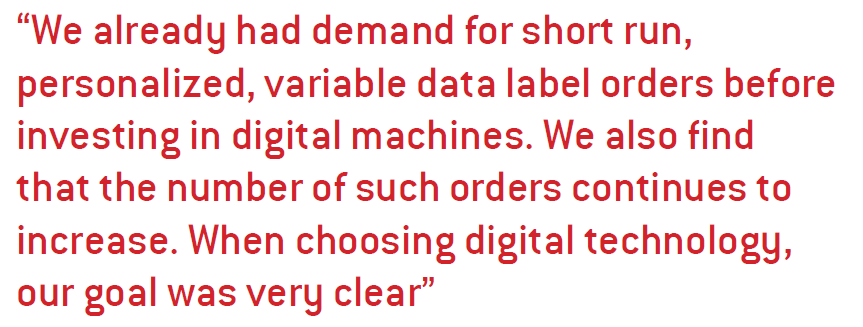
After installing its digital printing equipment, Suxin began exploring ways to innovate. Leveraging the advantages of
digital printing technology, the company experimented with materials, design and the print process. The end result was anticounterfeit, intelligent labels with variable data and two-dimensional codes.
A year and a half later, these labels account for 20 percent of the company’s total business.
Market-oriented
The company says it is difficult to evaluate which printing technology is best for the current label market, because each has its own strengths and weaknesses. For example, letterpress technology has stable color and print quality; flexographic printing is more environmentally friendly and productive, especially with the ongoing progress of plate and plate-making technology. Digital technology removes the need for plates, allows for higher flexibility, and can produce variable data and personalized labels, which helps increase the added value of label products.
‘This is the real reason why we invest in different label printing technologies,’ Yiqun explains. ‘Label products are used in many fields, such as food, beverage, medical equipment, household chemicals, supermarkets, oil
and automotive supplies.
Different label products have different requirements for
label material, process, die cutting, temperature and humidity adaptability, oil resistance and other performance characteristics. This requires label converters to use different printing and finishing machines to produce all these different kinds of labels.’
Suxin also needs more flexible and diversified services to keep pace with the needs of brands catering to Gen Z, who want packaging that appeals to their personalities, and their social and product quality demands.
Innovation
After years of development, Suxin has gained its ISO90001
certification, building on its new equipment, standardized ERP system and operating procedures. Today Suxin has become a premium quality supplier to major end users including Hubei China Tobacco, Wahaha, Sinopec, DyStar (China), Phoenix (Asia Pacific), Jinjia Group, Dongfeng Group, Skyworth and other well-known brands.
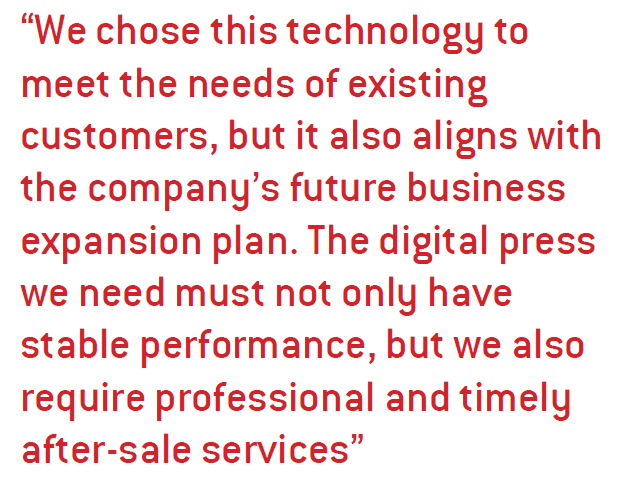
In 2022, China’s overall economic growth slowed, and the
label printing industry was also greatly affected. To cope, Suxin implemented what it called the ‘361 strategy’: 30 percent orders from new customers, 60 percent long-run orders and 10 percent of production dedicated to product development and market testing. This finally allowed the company to achieve 10 percent growth through 2022.
While actively seeking new business, Suxin continues to improve and promote its employees’ skills. Innovation is used as a driving force to create new products.
To date, the company has secured more than 20 patents for
products such as a self-adhesive labels for woven bags, and a new double-sided adhesive label.
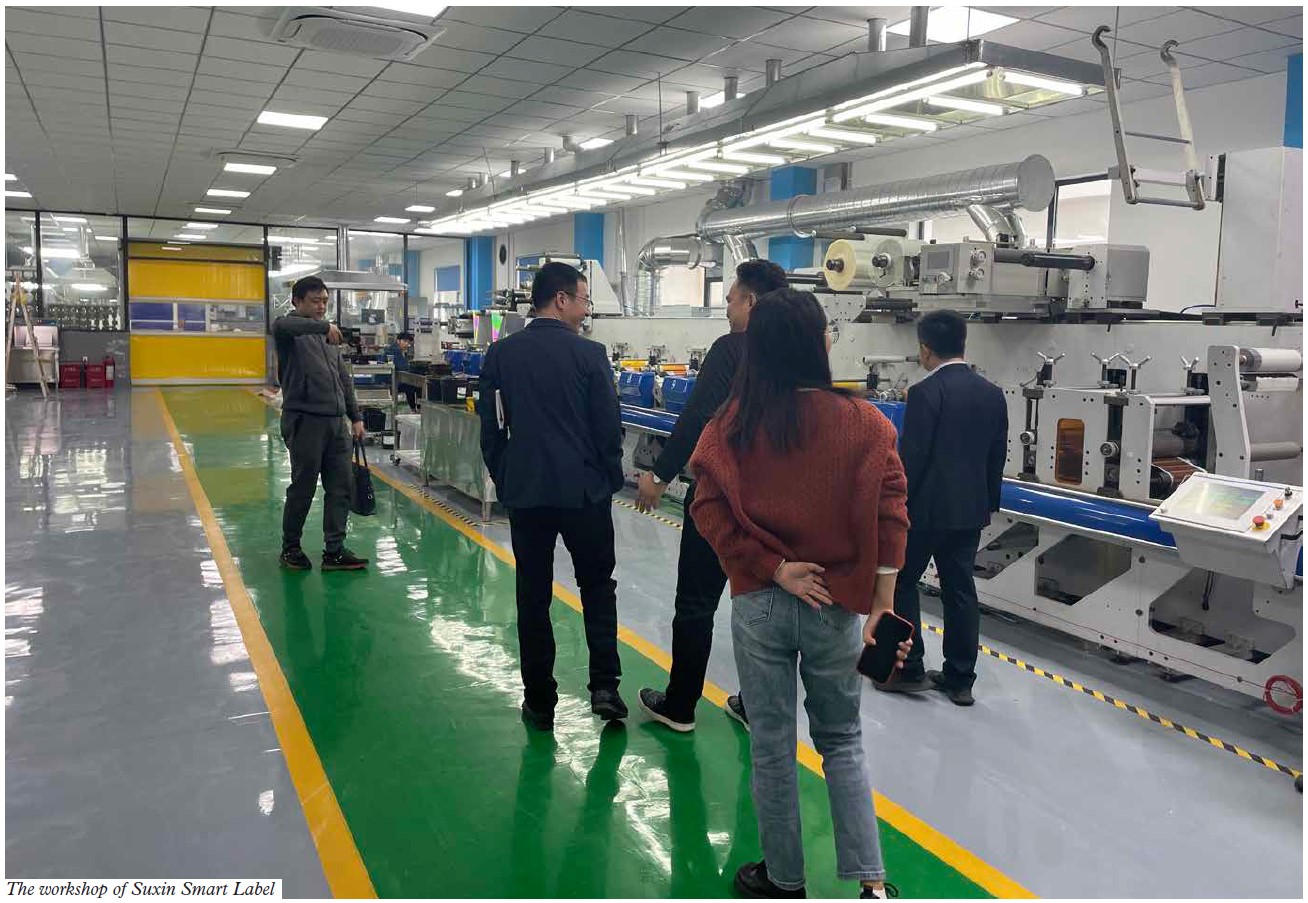
The company has increased its share of export orders,
particularly after the outbreak of Covid-19.
In 2022, Suxin moved to a new plant located in Guozhuang
Town, Zhenjiang City, Jiangsu Province. The first phase has been completed and put into operation, with a production area of 4,500 sqm. It is expected that after the completion of the second phase, Suxin’s production area will expand to 15,000 sqm.
Including the staff dormitory and canteen, the plant will exceed 20,000 sqm. Suxin expects its annual output will soon reach a value of 100 million RMB (14M USD).
Stay up to date
Subscribe to the free Label News newsletter and receive the latest content every week. We'll never share your email address.
